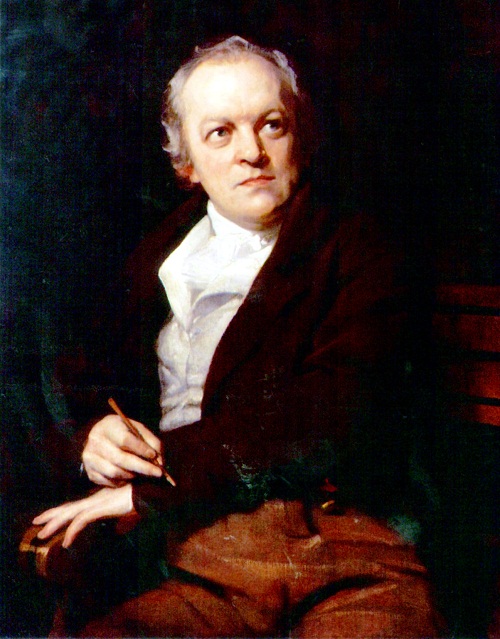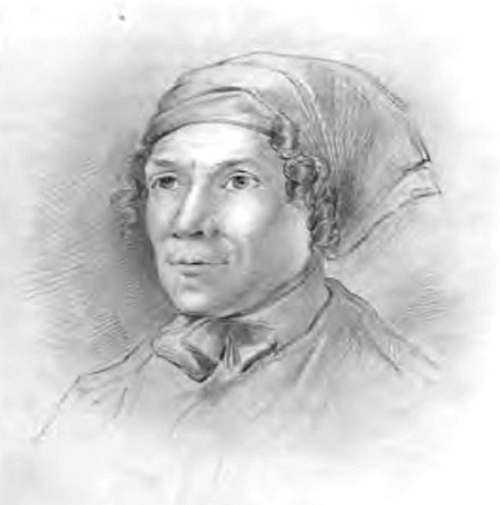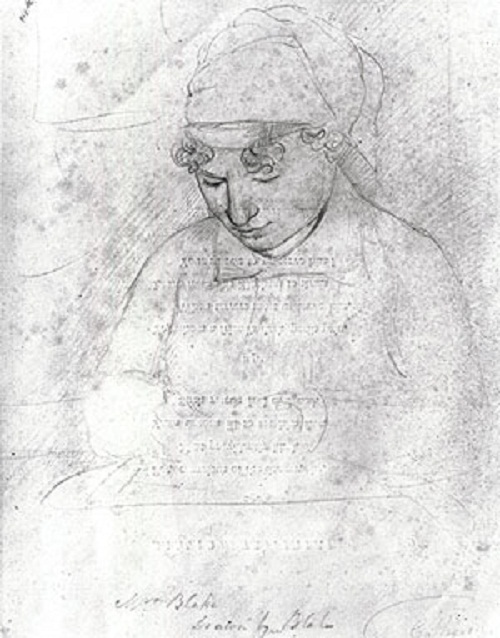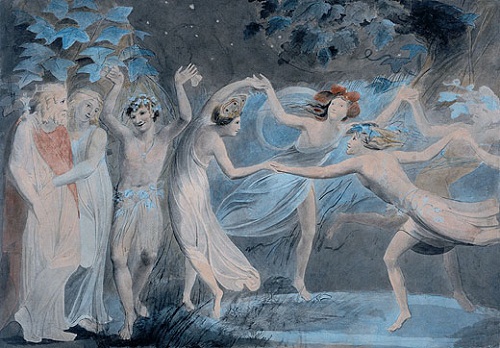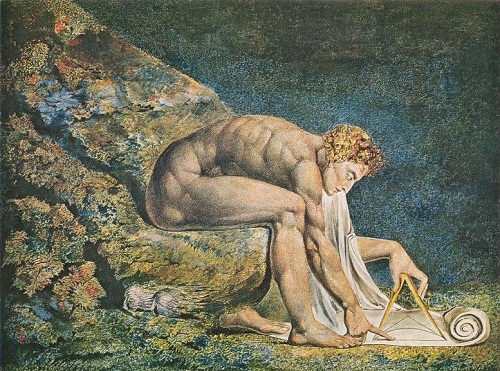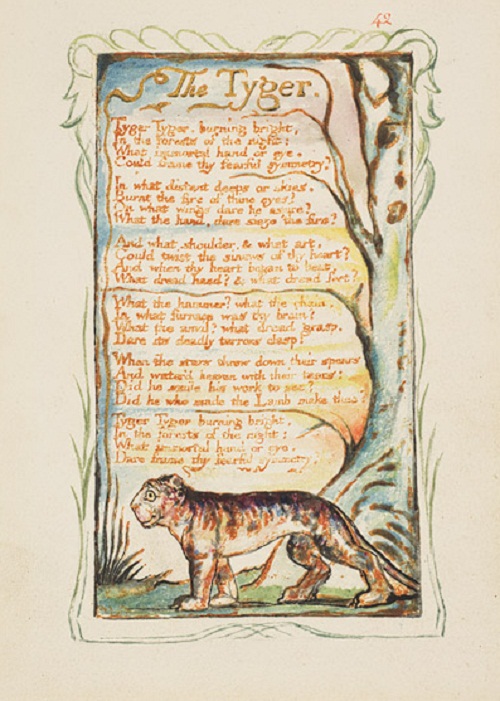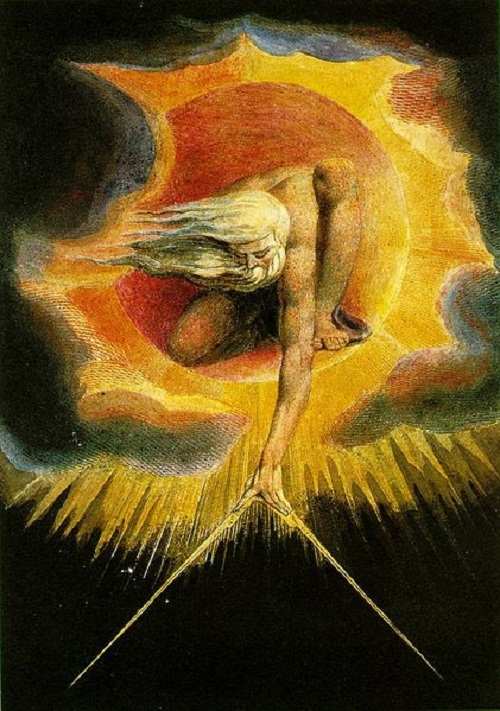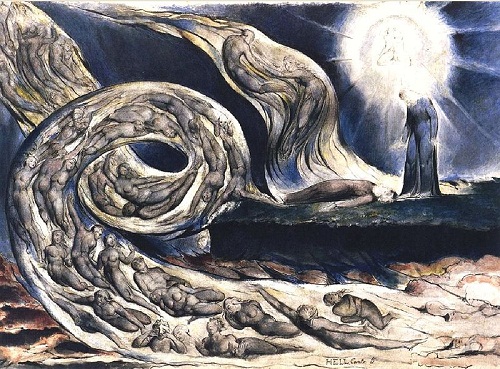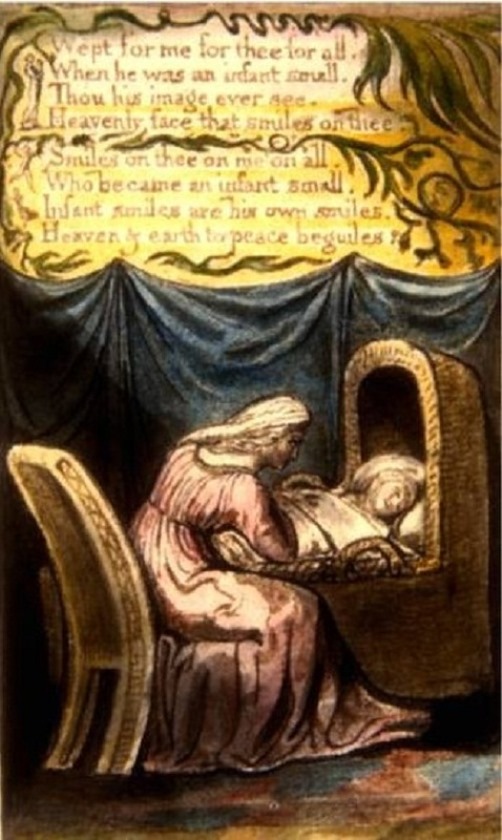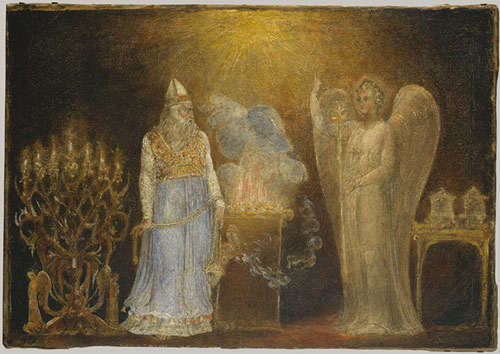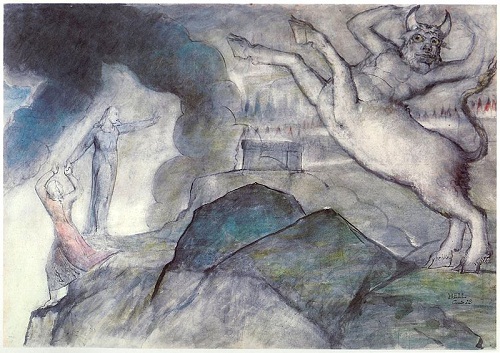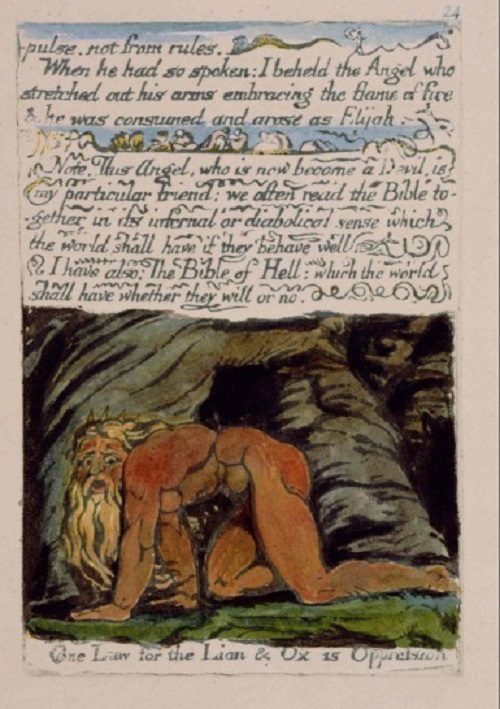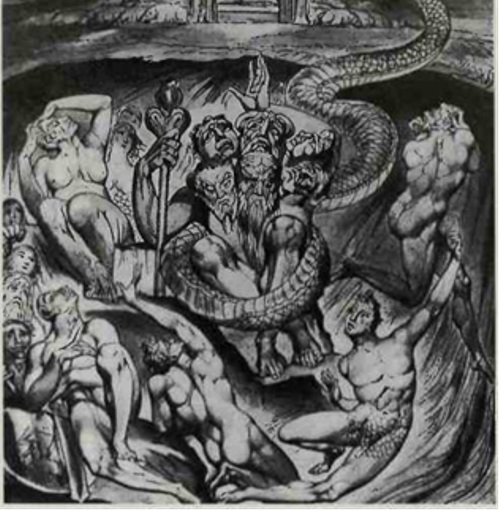William Blakes mystic art
William Blakes mystic art and love. English poet, painter, and printmaker William Blake (28 November 1757 – 12 August 1827) married Catherine Boucher in 1782. William and Catherine had no children. Writers who knew the couple in their later years describe a very happy relationship, their marriage lasted 45 years until his death. On that day Blake working on illustrations to Dante, turned to his wife, who was sitting on the bed next to him, unable to hold back her tears, he exclaimed “Oh, Kate, please, remain immovable, I’ll draw your portrait now. You have always been an Angel to me”. At 6 pm of the same day, after promising his wife to be with her always, William Blake went into another world. Catherine said: “I have been at the death, not of a man, but of a blessed angel.” After his death she believed she was regularly visited by Blake’s spirit.
William Blake (1757-1827), British poet, painter, and engraver. Through his personal mythology, Blake expresses in his poems a mystic sense of energy of the universe and a protest against hypocrisy and constraint in conventional religion and art. He marks a rejection of the Age of Enlightenment and heralds the dawn of *Romanticism.
On her own last day, in October 1831, she was as calm and cheerful as her husband, and called out to him as if he were only in the next room, to say she was coming to him, and it would not be long now.
Catherine appears as a model wife in William Hayley’s writings on ideal marriages. In more recent literature she is the central character in Janet Adele Warner’s novel Other Sorrows, Other Joys: The Marriage of Catherine Sophia Boucher and William Blake (2001) and also features in Tracy Chevalier’s novel Burning Bright (2007).

The Night of Enitharmon’s Joy, 1795. William Blakes mystic art – vision of Hecate, Greek goddess of black magic and the underworld
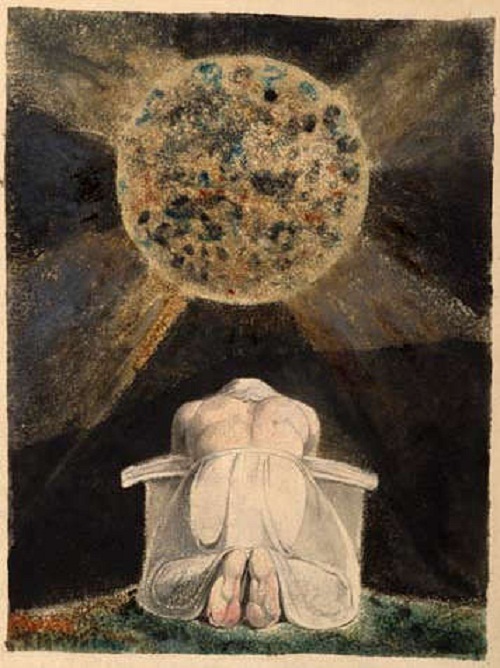
The archetype of the Creator is a familiar image in William Blakes mystic art. Here, the demiurgic figure Urizen prays before the world he has forged
The Song of Los is the third in a series of illuminated books painted by Blake and his wife, collectively known as the Continental Prophecies.
The myth of William Blake has obscured the man. Despite his wish to be heralded as a prophet, his deliberate creation of personal mythology which allowed him to repeat similar themes in constantly new guises and contexts, Blake was quite human.
Blake’s greatest power was an imagist. He had a remarkable talent for transforming a concept of verbalism into a concise visual image which had all the elements of the literary text, yet went beyond it in conciseness and immediacy of impact.
Blake’s two best-known books of short poems were Songs of Innocence (1789) and Songs of Experience (1794; containing ‘Tyger! Tyger! burning bright’), noted for their powerful imagery and rhythms combined with the simplicity of their language. He was trained as an engraver and engraved the texts of his own poems with their accompanying and often interwoven illustrations.
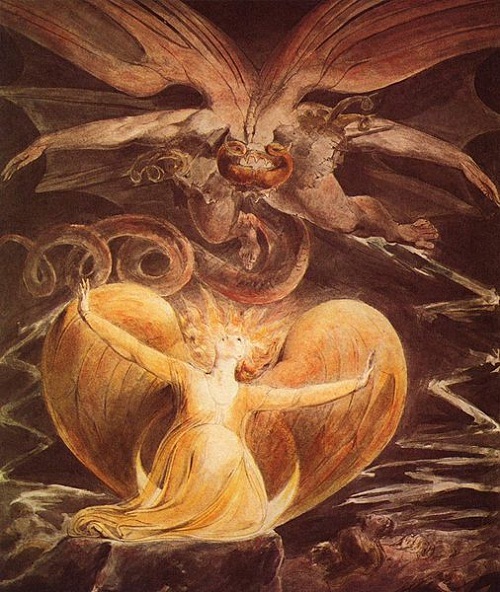
Blake’s The Great Red Dragon and the Woman Clothed with Sun (1805) is one of a series of illustrations of Revelation 12
The Marriage of Heaven and Hell (engraved 1.1790-3) consists of a sequence of paradoxical aphorisms in which Blake turns conventional morality on its head. Other pieces reflect his personal interpretation of the French Revolution and political authority. In Jerusalem (1804-20) and elsewhere there is evidence of Blake’s personal vision of Christianity. Subsequent poets, among them Swinburne and Yeats, have been much influenced by Blake’s intuitive creed of contraries. In spite of encouragement from his patrons, both his art and his poetry failed to find a sympathetic contemporary audience, and his last years were passed in obscurity.
The pictures of William Blake were often inspired by the poetry of John Milton, this watercolor being one of a set of six illustrations (1809) to his ode ‘On the Morning of Christ’s Nativity’. It refers to verse xviii, in which ‘The old Dragon under ground [Satan]. . . wroth to see his kingdom fail | Swinges the scaly horror of his folded tail.’ (Whitworth Art Gallery, Manchester)
Sources:
Norwich John Oxford Illustrated Encyclopedia of the Arts
www.metmuseum.org
en.wikipedia.org/wiki/William_Blake

